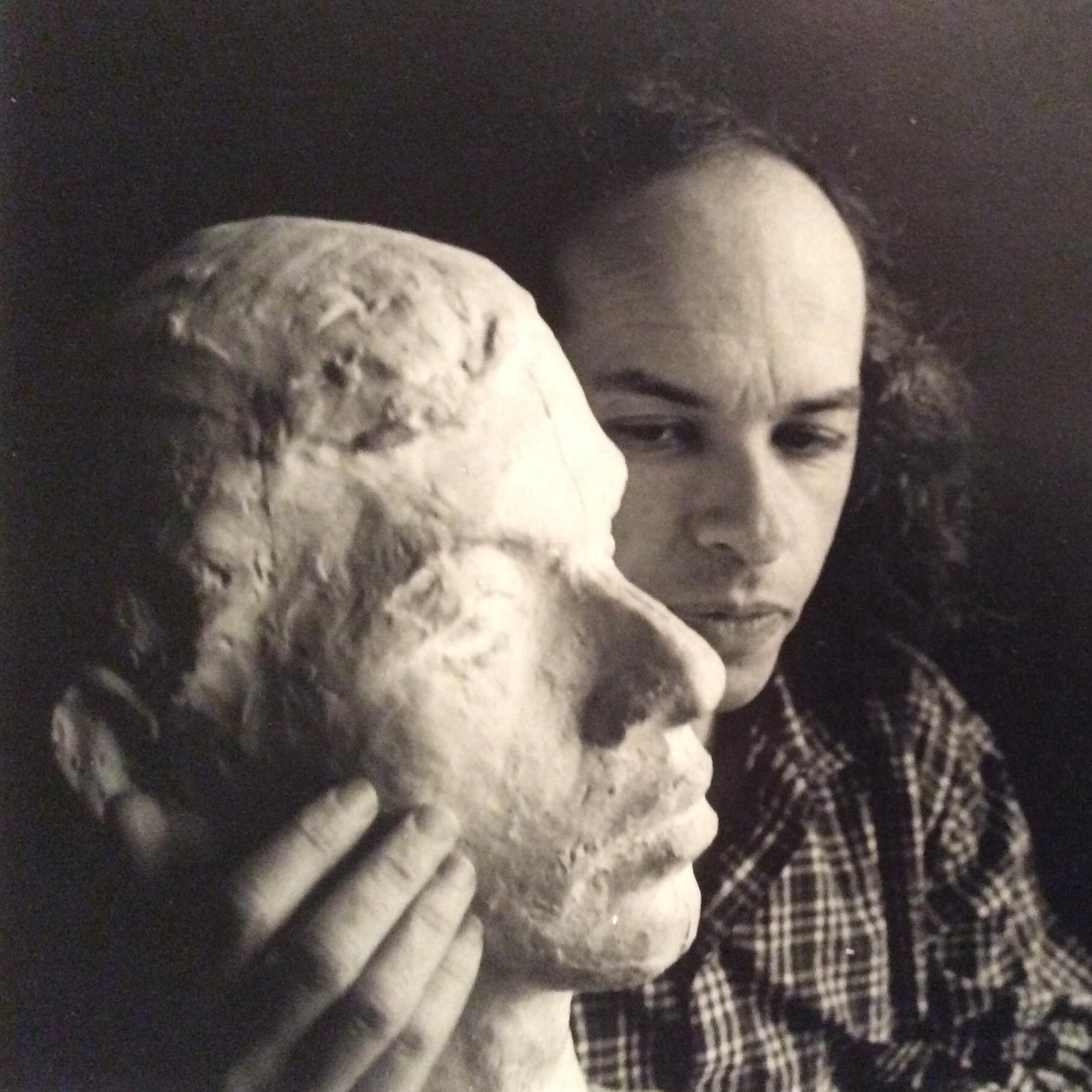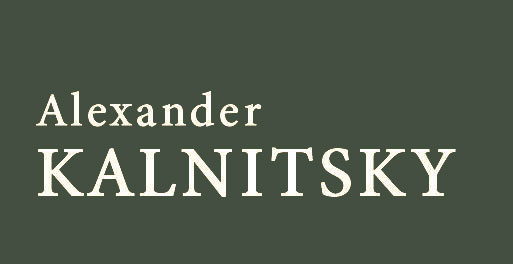 In his younger years, Alexander Kalnitsky studied under the school of Vladimir Sterligov (a student of Kazimir Malevich) in St. Petersburg. Finding these traditions to be much more interesting than the official art schools, he explored the methods of the Impressionists, Cezanne, and Cubism. Later, he went on to study at the St. Petersburg State Academy for Theatre Arts (back then, known as the Leningrad State Institute of Theater, Music and Cinematography),
, earning a master’s degree in stage design. While a student, Kalnitsky came under the influence of the avant-garde school of analytical art of Pavel Filonov, which transformed his perception and became formative in his artistic career. Kalnitsky has had various solo and group exhibitions in St. Petersburg. In 1987 he immigrated to the United States, and has since been living in New York City. He has had exhibitions of his paintings at the Neuhoff Gallery, Leonard Hutton Gallery, Enchanted Forest Gallery, Gregory Gallery, Anna Frants Gallery, MiMi Ferzt gallery, The Lotos Club, John Street United Methodist Church and others. His work is in the The Zimmerli Art Museum collection, The Ingrid Hutton collection, as well as various private collections in the United States and abroad.
In his younger years, Alexander Kalnitsky studied under the school of Vladimir Sterligov (a student of Kazimir Malevich) in St. Petersburg. Finding these traditions to be much more interesting than the official art schools, he explored the methods of the Impressionists, Cezanne, and Cubism. Later, he went on to study at the St. Petersburg State Academy for Theatre Arts (back then, known as the Leningrad State Institute of Theater, Music and Cinematography),
, earning a master’s degree in stage design. While a student, Kalnitsky came under the influence of the avant-garde school of analytical art of Pavel Filonov, which transformed his perception and became formative in his artistic career. Kalnitsky has had various solo and group exhibitions in St. Petersburg. In 1987 he immigrated to the United States, and has since been living in New York City. He has had exhibitions of his paintings at the Neuhoff Gallery, Leonard Hutton Gallery, Enchanted Forest Gallery, Gregory Gallery, Anna Frants Gallery, MiMi Ferzt gallery, The Lotos Club, John Street United Methodist Church and others. His work is in the The Zimmerli Art Museum collection, The Ingrid Hutton collection, as well as various private collections in the United States and abroad.
In his paintings, Kalnitsky often expresses the world as a kind of theatrical scene, a balagan, [a chaotic street fair], and strives to translate real characters into their simplest and most expressive forms. He became interested in making mechanic theatre, with moving wooden figurines. Some of the themes from those pieces were later incorporated into his paintings. “ The groundskeepers” – an image of the KGB informants from 1930s as they were watching the tenants, relates to the poem by Kharms: “The groundskeeper with the black mustache has been standing through the night by the gate, scratching his head with his dirty hand under his dirty hat. And out of the windows there come sounds of laughter, footsteps, and the clinking of glass bottles.”

